#anglesey
Text




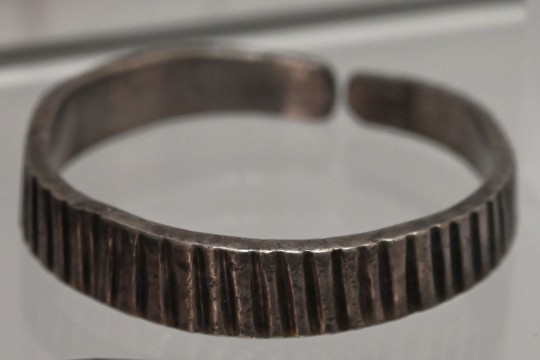
Silver 'Broad Band' Arm Rings, Red Wharf Bay, Anglesey, 900 to 925CE, St Fagans National Museum of History, Wales, Cardiff.
#silver#arm bands#bands#viking#vikings#hoard#ancient craft#ancient living#metalwork#metalworking#Anglesey#wales#archaeology#relic#design
497 notes
·
View notes
Text

self portrait in evening light.
170 notes
·
View notes
Text
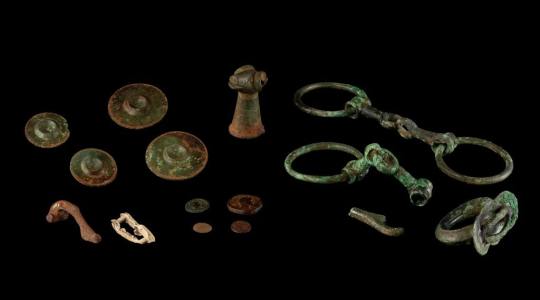
Iron Age and Roman Artifacts Found in Wales
Metal detectorist Ian Porter unearthed sixteen historical artifacts in a boggy field on Anglesey. Among the items found were Iron Age chariot fittings, a metal ram’s head, and a Roman copper ingot, and offer a window into the island’s rich past during the Iron Age and Roman times.
Ian Porter made the discovery on March 4, 2020, while metal detecting in a field under pasture in the Llanfair-Mathafarn-Eithaf Community.
The unusual bronze, copper, and lead artifacts are believed to have been gifted as repeated religious offerings around an ancient sacred spring source during the Late Iron Age and into the Romano-British period.
The additional artifacts, all of Roman date, include a decorated brooch, four coins, and a lead pot repair. A large and complete Roman copper ingot weighing 20.5kg was also discovered, probably smelted copper deriving from the nearby Roman copper mine at Parys Mountain.
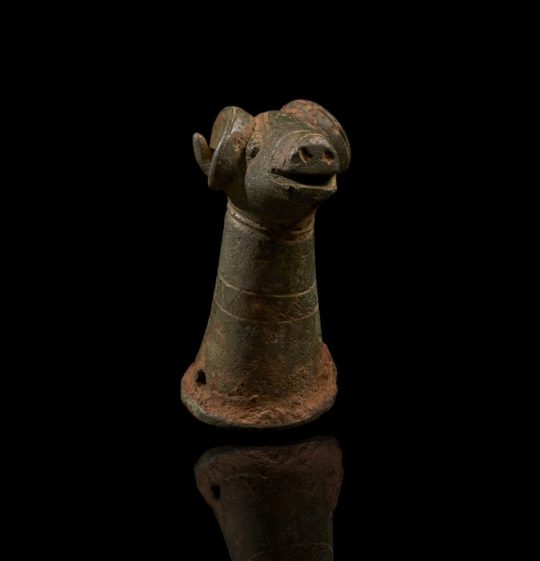
The chariot fittings, cavalry harness pieces, and brooch were all placed around AD 50-120, around the time of, or soon after the invasion of the island by the Roman army in AD 60/61.
The coins and other artifacts suggest a continuing practice of votive gifting around the spring throughout the Roman period, the latest coin in the group being struck around AD 364-378.
Adam Gwilt from Amgueddfa Cymru, Museum Wales, emphasized the role of these finds in understanding ancient religious ceremonies against a backdrop of conflict and change.
Gwilt said: “This culturally mixed artifact group, containing both Iron Age chariot fittings and Roman cavalry fittings, is an important new find for the island.

Artifacts were declared treasure by the senior coroner for north-west Wales. They provide unique insights into the cultural and religious practices on Anglesey, an island of significant historical importance during the Roman invasion of Britain.
The presence of Iron Age and Roman artifacts near the sacred spring indicates a blending of cultures and traditions, emphasizing the complex relationship between native inhabitants and Roman invaders. This discovery sheds light on the religious significance of watery sites, which were frequently used for offerings during times of upheaval.
“The ram’s head fitting, probably a vehicle-fitting or staff head is decorated in the late Celtic art style. It is a closely observed and quirky depiction of the ram and a likely future ‘star’ exhibit loved by many for Oriel Môn,” Gwilt added.
By Leman Altuntaş.
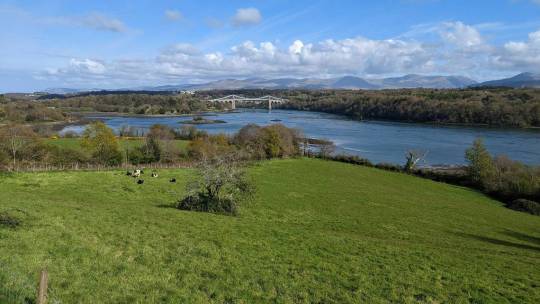
#Iron Age and Roman Artifacts Found in Wales#Anglesey#Llanfair-Mathafarn-Eithaf Community#metal detecting#ancient artifacts#archeology#archeolgst#history#history news#ancient history#ancient culture#ancient civilizations#iron age#roman history#roman empire
138 notes
·
View notes
Text

#photooftheday#photography#blackandwhite#original#monochrome#artists on tumblr#an original#photoshoot#original photography blog#lensblr#yeswearemagazine#pws special#nikonp1000#north wales#anglesey
205 notes
·
View notes
Text
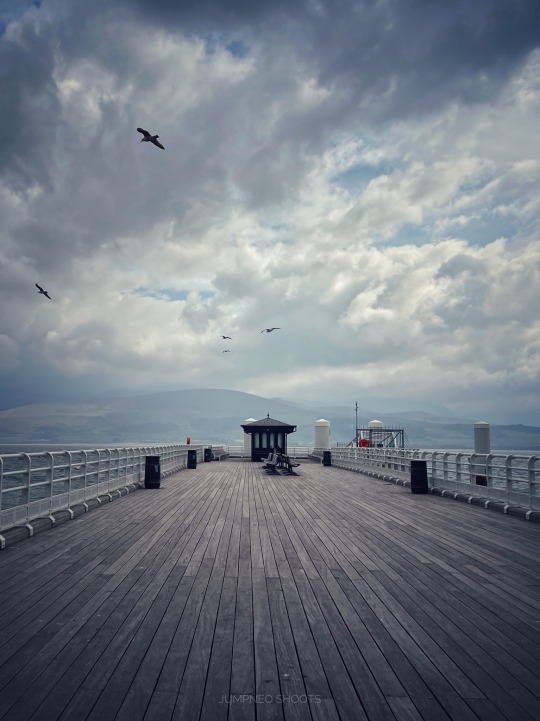
Breezy
Apr2123
#photographers on tumblr#original photographers#iphoneography#jumpneo shoots#pier#wales#anglesey#beaumaris
147 notes
·
View notes
Text

Bigwig ain't going anywhere
#rabbit#rabbits#nature#nature photography#wildlife#animals#bigwig#watership down#photographers on tumblr#original work#original content#original photograph#photographers on flickr#all my own work#phototherapy#outdoors#anglesey#rabbit with attitude
44 notes
·
View notes
Text
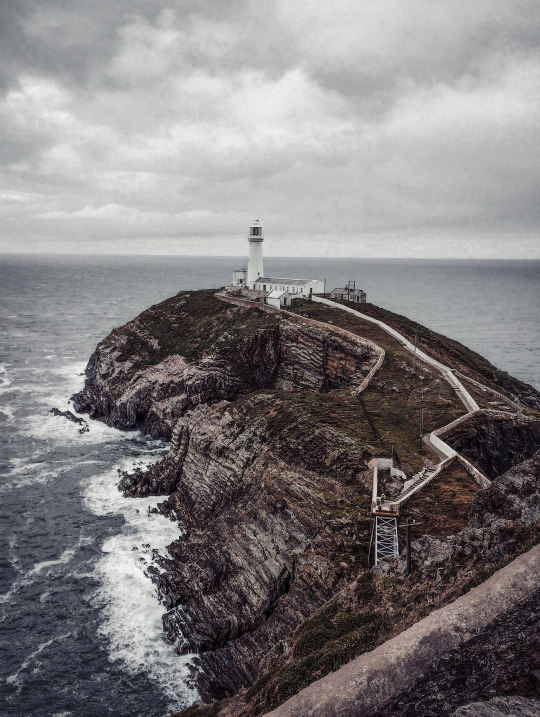

photos i took at south stack lighthouse, anglesey, and aber falls
12 notes
·
View notes
Text

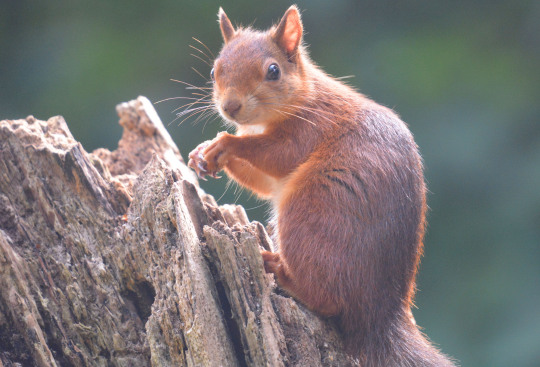
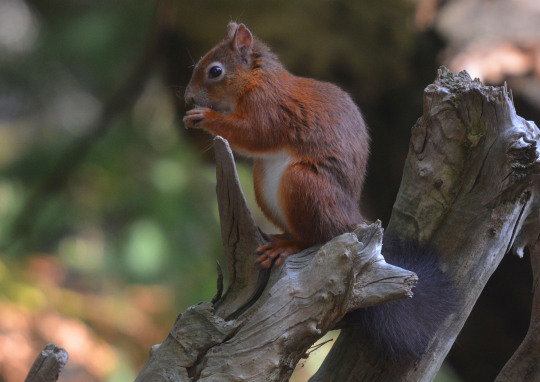

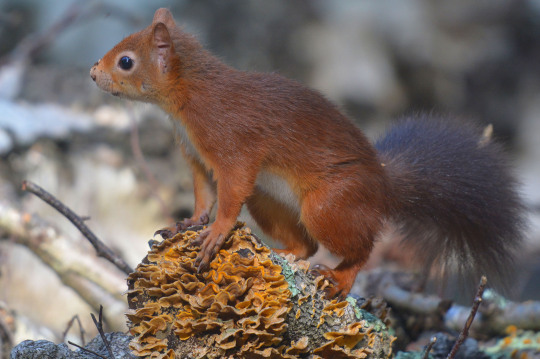
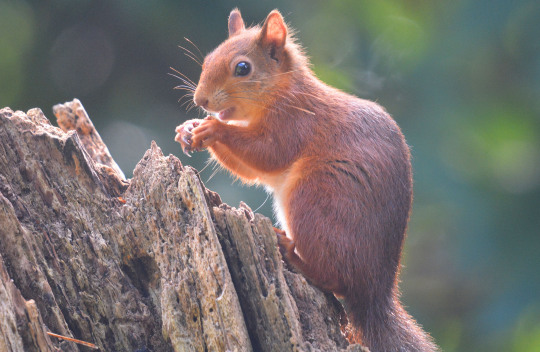

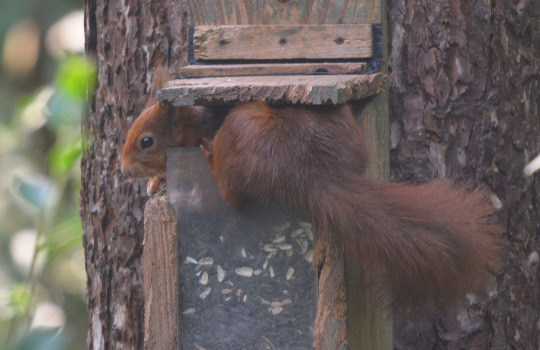

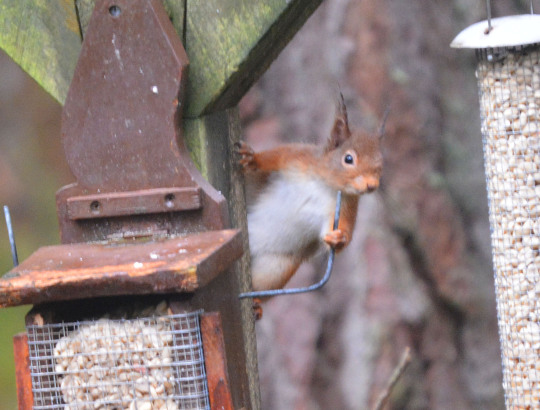
Red Squirrels 2023
#2023#red squirrel#brownsea island#dorset#dell woods#cairngorms#newborough forest#anglesey#england#scotland#wales#uk#britain#earth#outdoors#europe#nature#mammals#photography#wildlife#happy
27 notes
·
View notes
Text


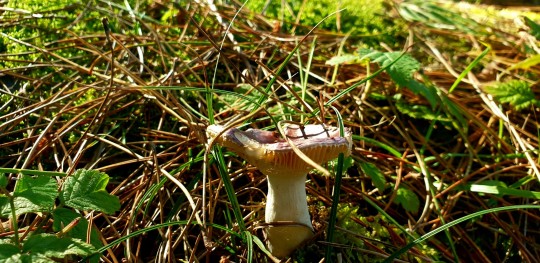

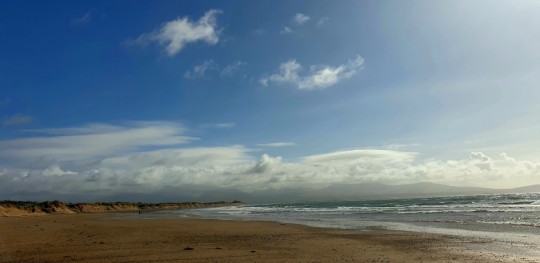

Niwbwrch, Ynys Môn
28 notes
·
View notes
Text

Paleolithic Bifacial Hand Axe, circa 300,000 years old, possibly Thames Valley, Oriel Ynys Mon, Llangefni, Anglesey, Wales
#ice age#stone age#bronze age#copper age#iron age#neolithic#mesolithic#calcholithic#paleolithic#prehistoric#prehistory#hand axe#axe#prehistoric tools#ancient craft#ancient living#archaeology#wales#Anglesey
302 notes
·
View notes
Text

self portrait at the farm.
#35mm photography#35mm film#35mm#summer#analog photography#film photography#anglesey#girl#black and white
35 notes
·
View notes
Text
Since the post I reblogged didn't actually link to the petition
#please reblog for reach#ynys môn#Anglesey#last tag purely to cover bases#môn#welsh language#yr iaith gymraeg#cymraeg#tafodiaith
20 notes
·
View notes
Text

A monstrous cat that lived near or in water. Said to have fought armies led by either Sir Kay or King Arthur, battles in which the beast had slaughtered many knights leading up to the conclusion.
While Cath Palug's preceding two siblings were detrimental to the land, prior to them Henwen had left bees and wheat grains in Gwent, barley grain and either wheat, a bee, or a piglet in Dyfed, and at Lleyn in Arvon she had left a grain of rye. Unlike the eagle, wolf, and cat, each of these was beneficial to the land she left them.
#BriefBestiary#bestiary#digital art#fantasy#folklore#legend#myth#mythology#arthurian legend#welsh folklore#welsh legend#cath palug#cath paluc#cath balug#cath balwg#chapalu#capalu#capalus#isle of anglesey#anglesey#henwen#three great oppressions of anglesey#three great oppressions of mon#daronwy#edwin king of northumbria#monster#monster cat#giant cat#mont du chat
35 notes
·
View notes
Text
Sunrise over Eryri 🏔❄️

8 notes
·
View notes
Text

As I watch the sun go down, watching the world fade away….
Apr2223
#sunset#after sunset#sunset sky#sea sunset#beach#coastline#cemaes bay#anglesey#wales#photographers on tumblr#original photographers#iphoneography#jumpneo shoots
110 notes
·
View notes
Text
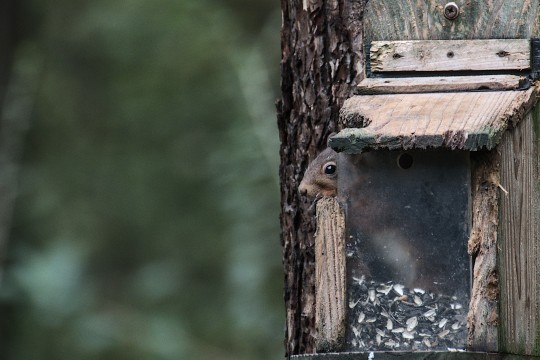
Red squirrel checking the coast is clear
#red squirrel#squirrels#animals#nature#nature photography#wildlife#wildlife photography#cute#cute animals#cuteness overload#newborough forest#anglesey#wales#photographers on tumblr#outdoors#outdoor photography#photography is my therapy#original work#original content#original photograph#all my own work
37 notes
·
View notes